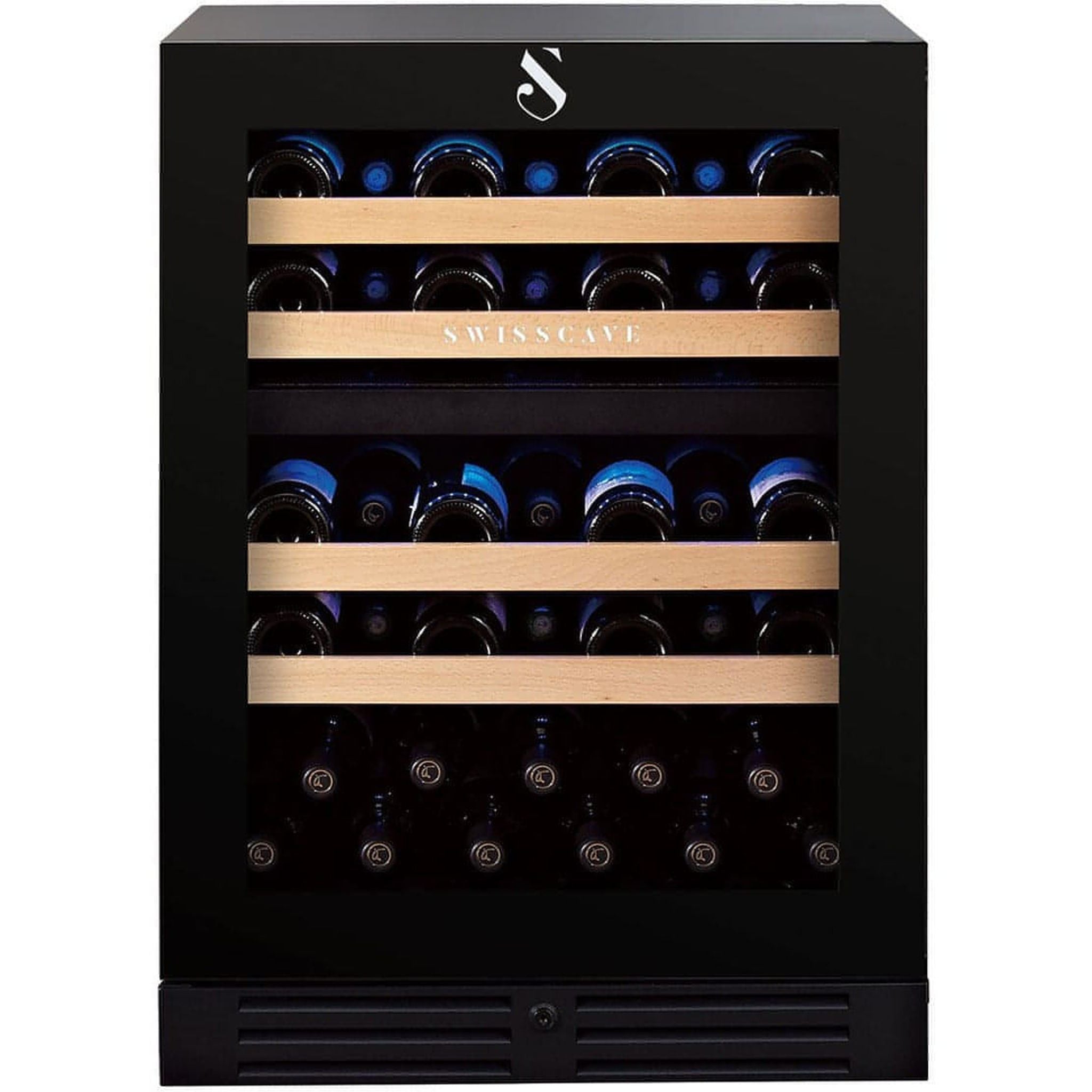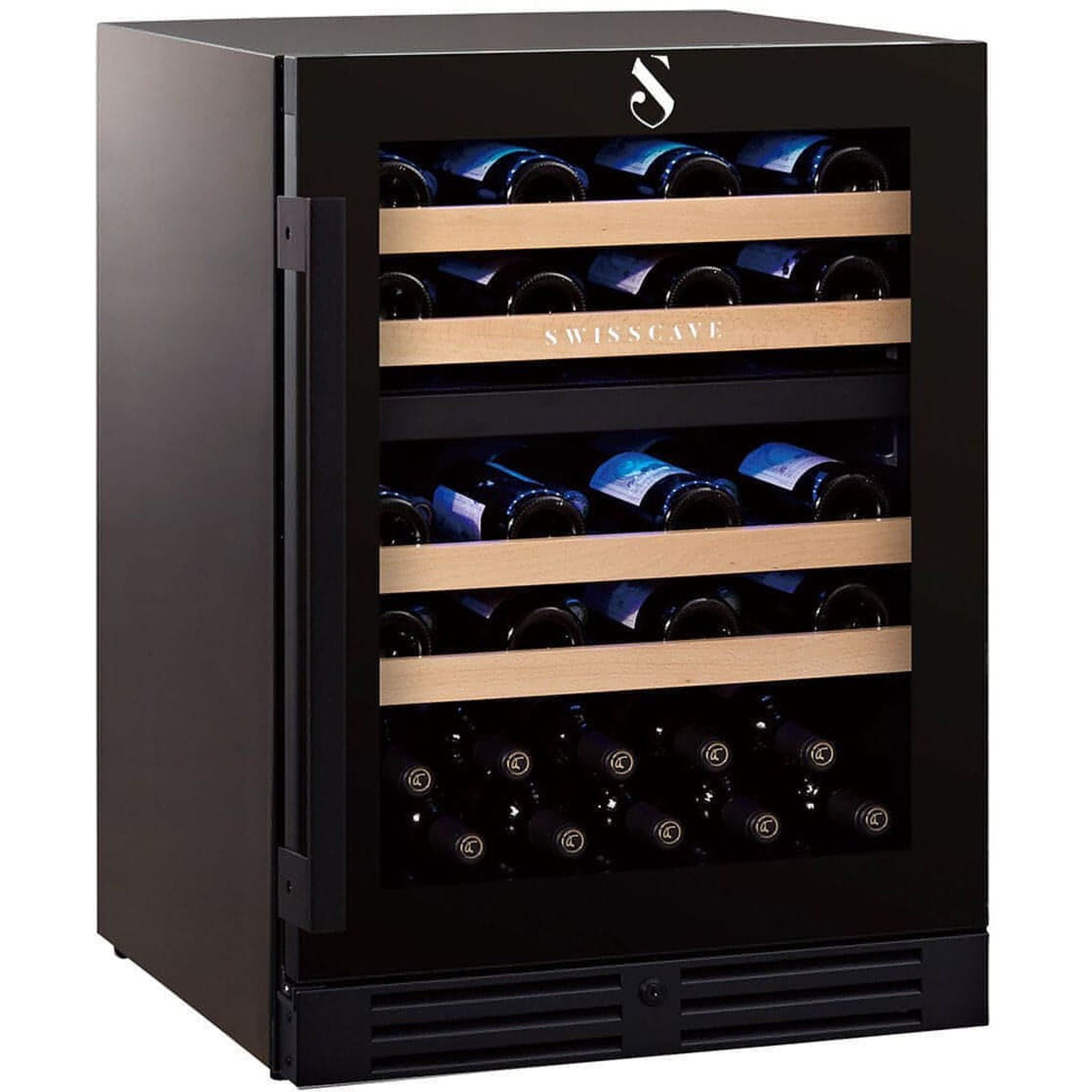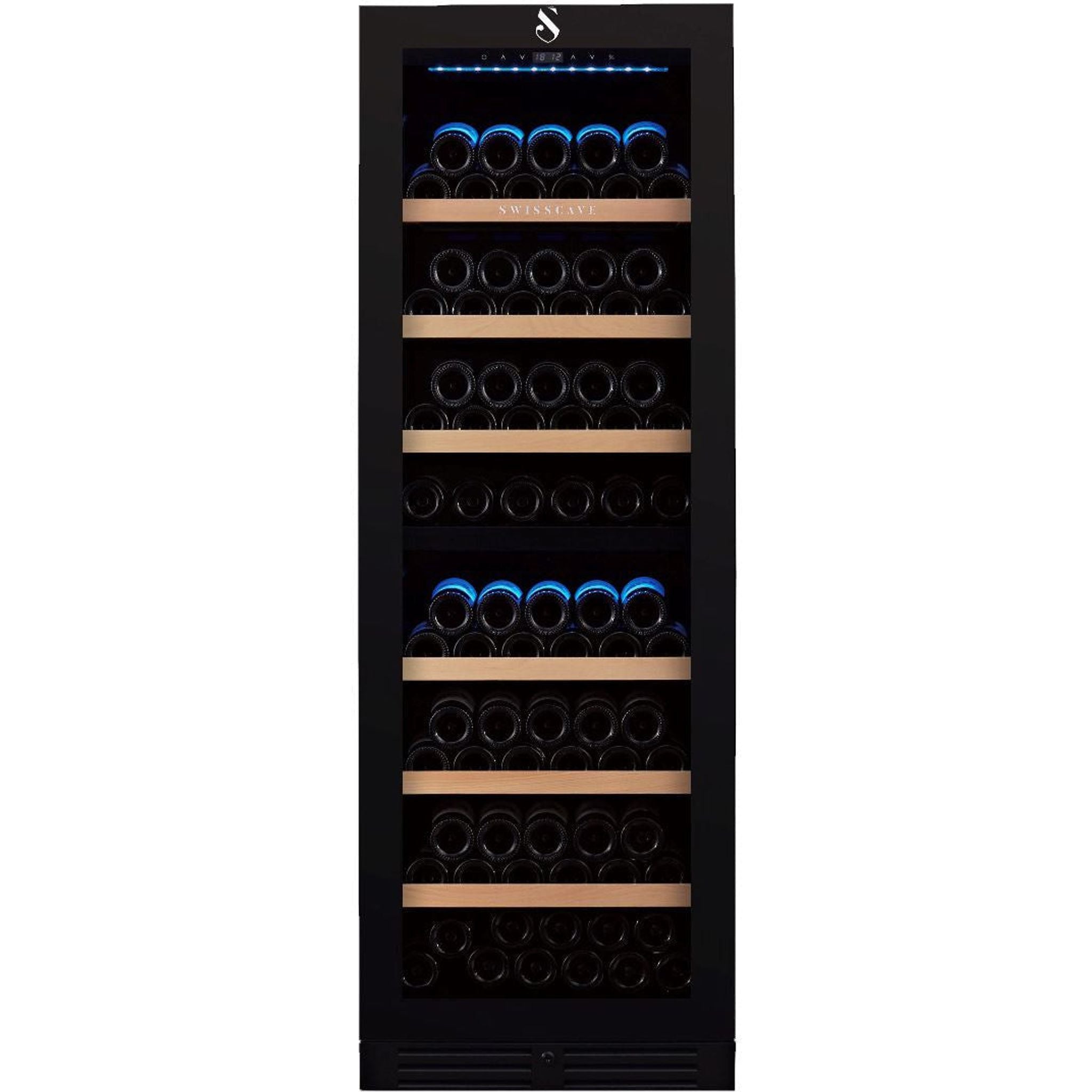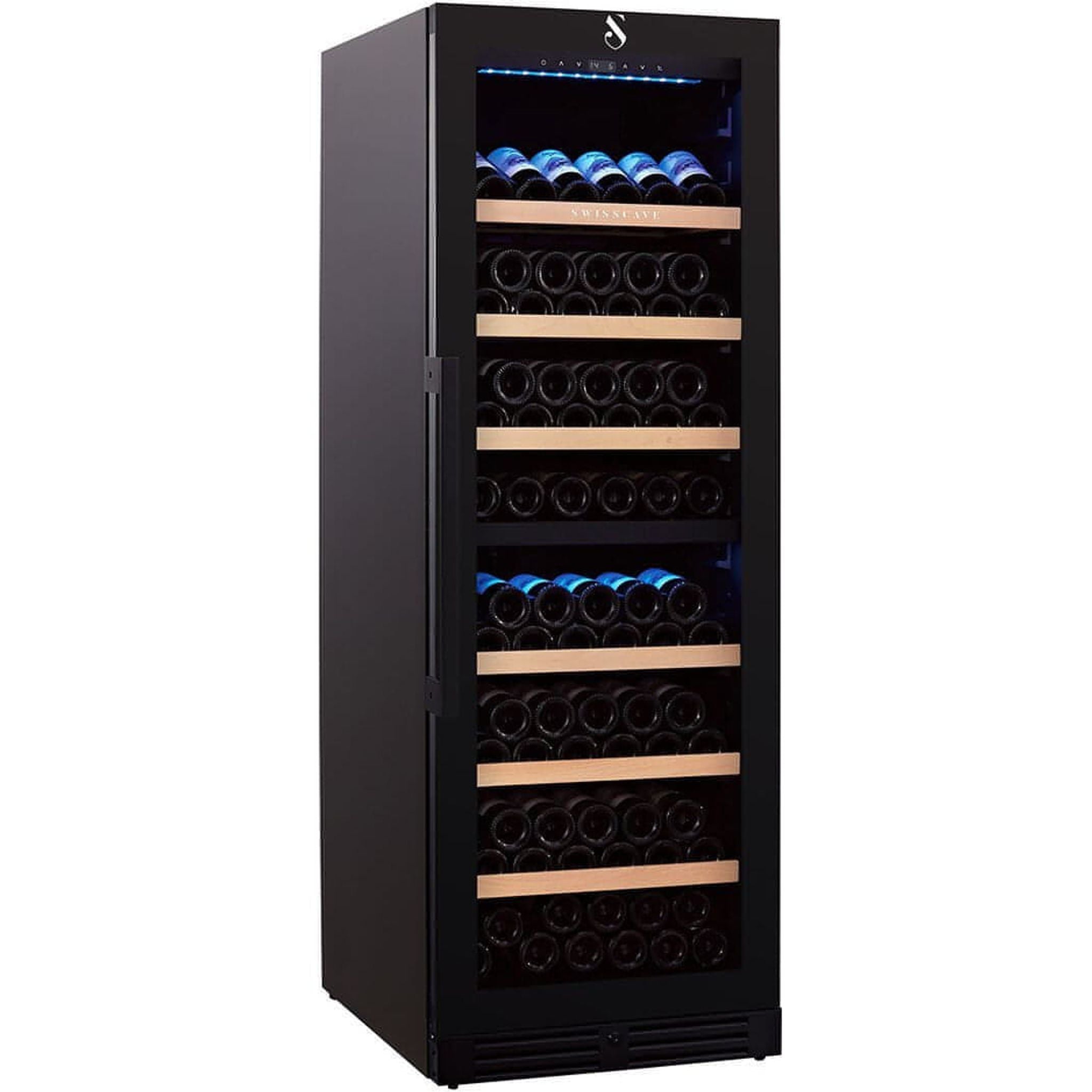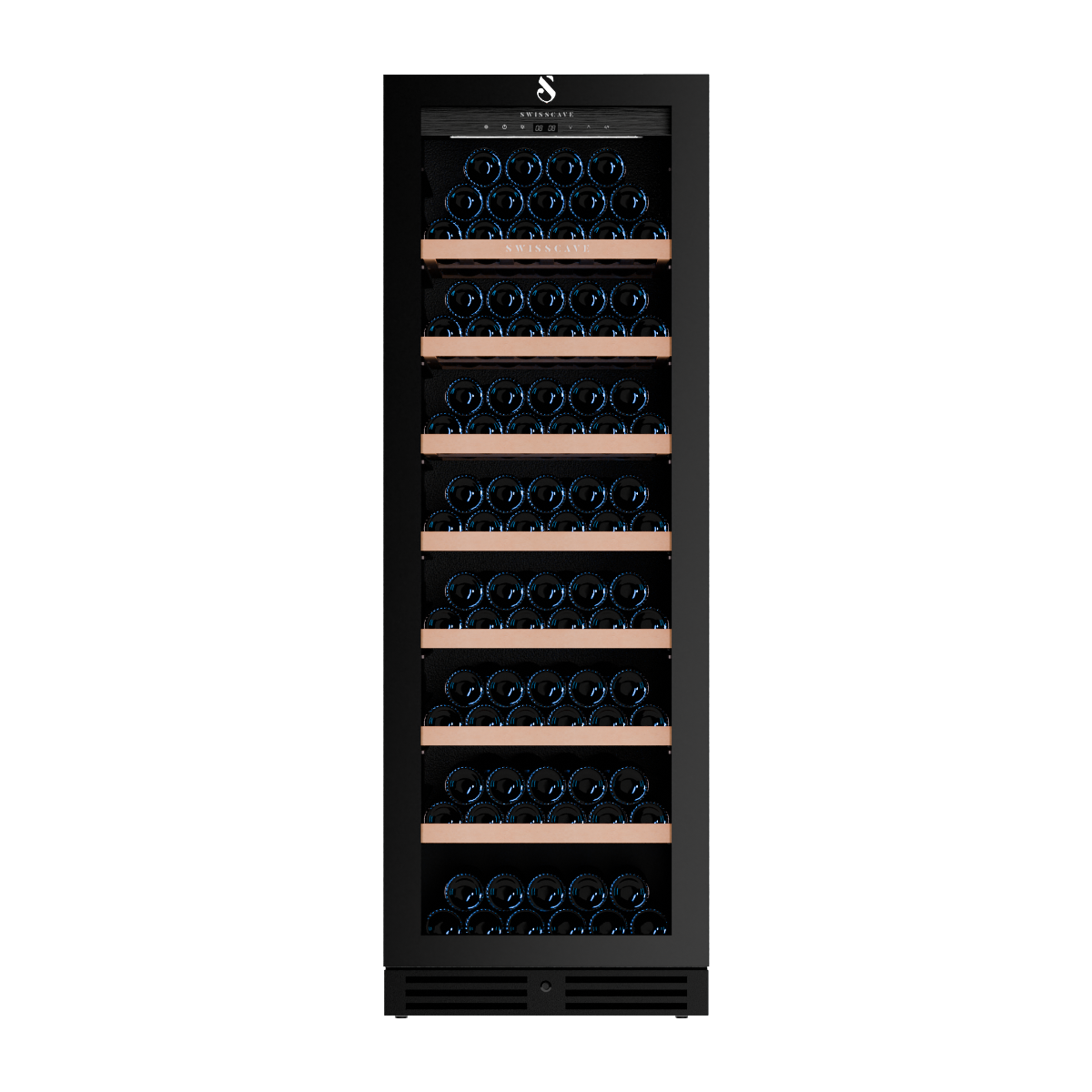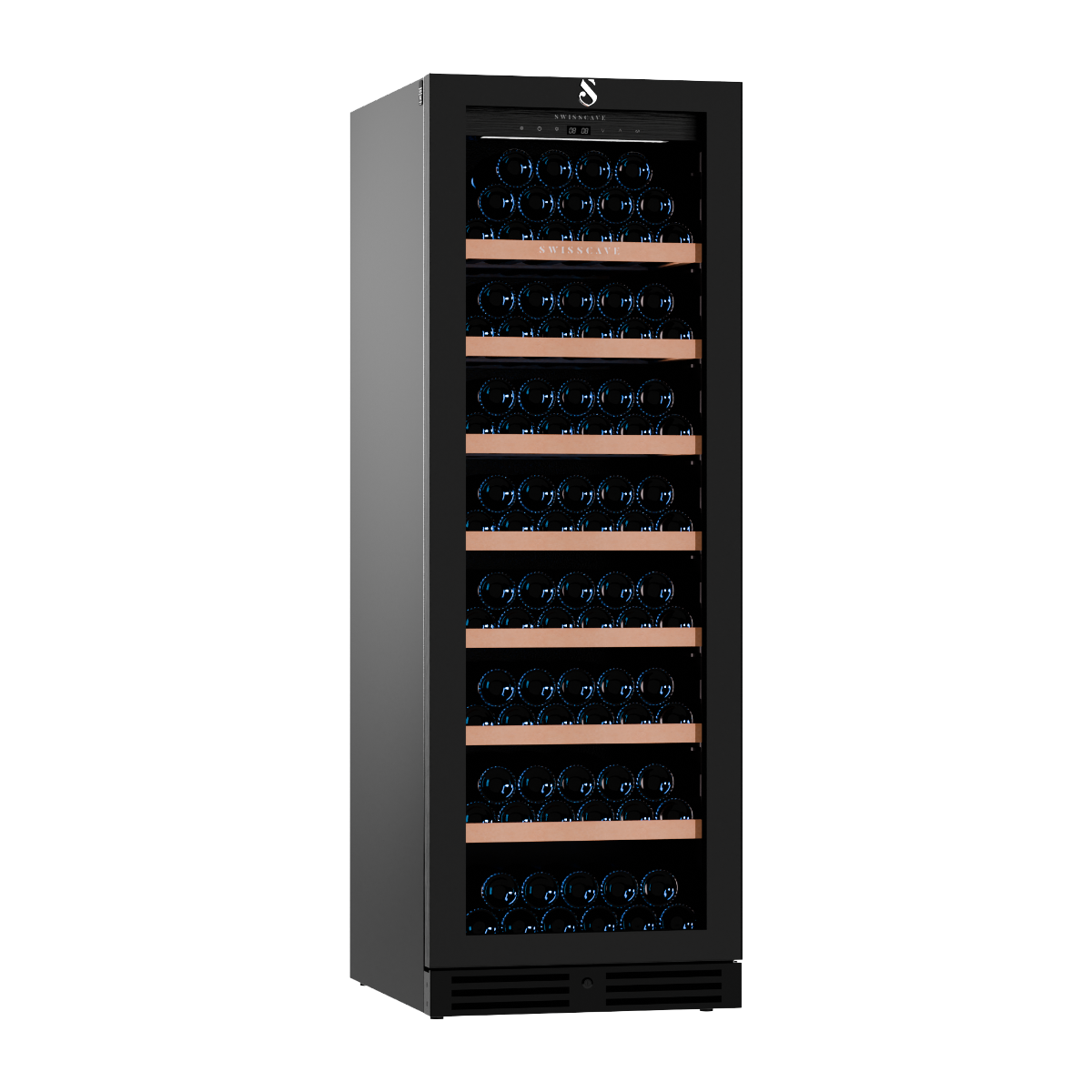Cabernet Sauvignon is one of the most popular wines across the globe, and is grown and produced in nearly every country, in a variety of different climates.
Full of firm tannins with a rich and full-bodied taste, it’s no surprise that it’s the favourite tipple for many.
Cabernet Sauvignon features notes of blackcurrant, as well as woody notes such as cedar, herbs, and oak. It’s also a perfect wine to age due to its tannins and acidity.
But how much do you actually know about Cabernet Sauvignon?
Keep reading to learn more about the popular beverage, including where it originates, where it’s produced, what it tastes like, and what foods you can pair with it.
What Is Cabernet Sauvignon?
Cabernet Sauvignon is the name of a grape used in Cabernet Sauvignon wines.
The grape originated in France back in the 17th century, and like many modern wine grapes, was the result of an accident.
Vintners attempted to breed a Franc grapevine (red) with the Sauvignon Blanc vine (white), which created the popular Cabernet Sauvignon.
After the accidental creation, the Cabernet Sauvignon grape quickly became one of the most popular wines due to its ability to grow in a variety of climates, and its durable tannin-heavy skin.
Because of the high tannin levels, Cabernet Sauvignon is a great wine for ageing - it can evolve in the bottle for years and years.
After spending some time in the barrel, the popular wine can develop deeper flavours that are more complex, as the wine responds well to the oak in the barrel.
You’ll find that Cabernet Sauvignon wines are full-bodied with relatively high acidity levels.
The grape blends well with other grapes, such as Merlot - which is exactly how Bordeaux is made.
When Cabernet Sauvignon grapes are blended with other grapes, it can often produce a lighter taste that softens the palate.
Where Is Cabernet Sauvignon From?
Cabernet Sauvignon is a versatile wine that is made in various regions across the globe.
From Bordeaux to Australia, each area it’s produced has its own nuances, flavours, and aromas.
Bordeaux
The Cabernet Sauvignon grape first originated in Bordeaux, France after being bred with a red and a white grape plant.
Vintners in the Bordeaux region planted different varieties of grape each year instead of just one, because if one variety didn’t grow well due to the weather, then there would be more to choose from.
After some time using this method, they realised that some varieties paired well with others when blended together, and complemented one another.
After trying this with the red Franc and the white Sauvignon Blanc, they created the famous Cabernet Sauvignon.
Italy
Italy is known for producing some of the world’s finest wines, and Cabernet Sauvignon is no exception.
The grape was first used in Italy’s wine country back in the early 1800s, and the grape is used in many popular Italian wines to improve their flavour.
The grape hasn’t always had the best reception in Italy - many local vintners believed that the grape diminished the nation’s native grapes.
However, over time, the Cabernet Sauvignon grape was embraced for its versatility.
Not long after the grape was introduced to Italy, restrictions and regulations were placed on foreign grape varieties in Italian wines, which left vintners having to improvise - as many foreign grapes mixed perfectly with native grapes.
California
California is a popular producer of Cabernet Sauvignon, and they closely follow the practices from the Bordeaux region of France.
California has many different environments and weather conditions, which leads to a variety of different tastes and flavours of Cabernet Sauvignon wines.
You’ll find that Cabernet Sauvignon grapes grown on a hillside will have a stronger, more intense flavour because the soil tends to be less fertile, and grapes grown on the mountainside will produce grapes with berry-like aromas and deeper colours.
Australia
Australia has been producing Cabernet Sauvignon for a long time, but the grape grew in popularity back in the ’70s, quickly becoming Australias second most grown variety, closely following Syrah.
Like California, Australia has a wide range of conditions in which grapes are grown - some versions of Australian Cabernet Sauvignon have a minty taste, and others have a strong aroma of berries.
What Does Cabernet Sauvignon Taste Like?
Similar to most popular wines, Cabernet Sauvignon can taste different depending on where it was produced.
Typically, Cabernet Sauvignon has flavours of blackcurrants, liquorice, coffee beans, green pepper, and woody flavours of cedar.
Warmer climates often produce fruitier wines - if the Cabernet Sauvignon was produced in California or Australia, you may notice flavours of cherry, plum, blackcurrant, and blackberries.
Cabernet Sauvignon produced in colder climates may taste more earthy - forest floor flavours of mint, leaves, herbs, spices, cedar, and sometimes even leather.
What Food Pairs Well With Cabernet Sauvignon?
Cabernet Sauvignon is high in tannins and acidity, which can make for perfect food pairings.
If you’re a cheese lover, then you’re in luck, as cheese pairs perfectly with Cabernet Sauvignon as the cheese cuts breaks down the tannins in the wine, and the wine’s acidity cuts through the richness of the cheese, cleaning the palate.
Mild and moderate cheeses are best, but that doesn’t mean that strong or mature cheeses won’t pair well.
Meat also pairs well with Cabernet Sauvignon for the same reason - the tannins get broken down by protein.
Dishes that include both meat and cheese make a perfect pairing with a glass of Cabernet Sauvignon.
If you’re unsure which food to pair with your bottle of Cabernet Sauvignon, don’t worry - just make sure that whatever meal you’re planning has bold and rich flavours that can match the bold flavours in the wine.
Fatty foods can help to tone down the tannins in the wine, which can cleanse the palate.
However, try to avoid fish dishes - as fish can taste unpleasant with Cabernet Sauvignon.
If you’re looking to pair Cabernet Sauvignon with a dessert, opt for a rich dessert, or a fruit-based dessert.
Cheesecake and fruit, a blackberry cobbler, or even a cheese plate can be a great option with a glass of your favourite Cabernet Sauvignon.
Swisscave offers the perfect storage units for red wine drinkers. Our range of Swisscave wine storage units are made with integrated heaters that are required for warmer red wine.
It’s important that you find the best-suited wine storage unit for each wine variant, especially red.
Swisscave boasts a large array of varying bottle capacity options, ideal for those who have a big collection of wine. Known as one of the best wine storage brands in the industry, it’s clear to see why Swisscave has proved to be so popular among our customers.
We care about our customer's wine collections, which is why we offer a variety of different storage designs to suit their selection of wine variants.


